Both as a company and as individual employees, we must respond to a world in which technology is developing at an increasing pace, with an accelerating flow of information. Our products and services must constantly develop, change and improve. Ideally, we should be presenting innovative solutions that our customers had no idea they needed.
In parallel to these technological improvements, we as people find ourselves with greater scope for focusing on value-creating activities. As technology replaces routine and formulaic tasks, we as individuals must instead develop our abilities to think analytically and in the abstract.
How can we unleash the inherent creativity, empathy and analytical ability in people and organisations?
What obstacles stand in our way of our trusting in someone or something? How can we conquer anxiety, doubt and fear? Why is our trust so fragile that, in a relationship, it can be damaged by an isolated event?
According to a physician and leadership coach Dr Johanna Höglund in an article published on the website motivation.se, research suggest that our brains have remained largely unchanged for 100,000 years:
“In prehistoric times, we were fully occupied in trying to survive – our primary needs were to:
She goes on to explain that our brains are preprogrammed to search for danger and threats. The analytical area of the brain – the one we rely on to draw sensible conclusions – is deprived of oxygen when the brain is in threat mode. According to the SCARF model, there are five domains of human social experience: Status, Certainty, Autonomy, Relatedness and Fairness. “These can be set to either reward or threat mode. If the brain is in reward mode, we become creative, empathic and analytical. If, on the other hand, we go into threat mode, we react on instinct through either flight, fight or paralysis.”
Armed with this knowledge, translated into the relationships within our own organisation, we can achieve greater trust if we as individuals can understand SCARF as Johanna Höglund describes it here:
Status is all about our relative importance. How important and significant we consider ourselves to be in relation to others.
Certainty is about perceived ability to predict the future, to foresee future events.
Autonomy is about having a sense that we can control our situation and things going on around us.
Relatedness is a sense of security with other people, of feeling that those around us are our friends rather than our enemies.
Fairness is the perception that there has been a fair exchange of goods and services between people, both in terms of procedural fairness – i.e., that the process has been fair and transparent – and a fair outcome – i.e., the result of a process is perceived as fair.
This implies that what we as individuals think, say and do may place ourselves and others in a threatening situation. By raising our awareness of what is going on in our own brains and the brains of other people, we can begin to make changes.
I believe that an individual’s inherent power can be unleashed by increasing trust in oneself, in colleagues and in leaders. So, how do we go about that? It cannot be achieved through trust as a well-thought-out strategy. Trust is a side-effect of other actions and activities.
In my opinion, courage lies at the core of increased trust. True, credible courage is to allow oneself to be vulnerable, to give trust without guarantees and to dare to take the first step. We cannot ask for or expect anyone’s trust without first demonstrating trust ourselves.
My response to the question of how we can make creativity blossom is to position and develop our corporate culture accordingly. First and foremost, we are all human. Whether we are talking about relationships to customers, colleagues or leaders, we all have the same basic social needs (the five domains). When each and every one of us takes responsibility for creating trust in one another, we also gain the courage to be vulnerable.
We should strive for a corporate culture in which people are involved in a constant learning process in order to develop ourselves. In a culture of learning from one another and gladly sharing our knowledge by teaching others, everyone develops, teaches and learns.
Trust is a company’s most valuable asset. Our bottom line is actually the result of the total sum of trust that we succeed in creating together.
The company’s growth is created by the ability to make people bloom to their full potential.
Finally, as the American researcher and author Brené Brown has found in her studies, trusting people also have the courage to make themselves vulnerable. She points out that it takes true courage to allow oneself to be vulnerable. If you dare to be vulnerable – i.e., if you show trust without demands or guarantees – you will be able to experience trust, warmth and love from others. She also says “vulnerability is the birthplace of love, belonging, joy courage, empathy, and creativity”. I believe that to be true – how about you?

Light has always had a special place in Sweden. Even in the darkest of winter, as I walk through the city streets there are lights in every window from candles, lamps, and Christmas decorations illuminating the snow clad buildings. It makes me realise how much people actually miss sunshine and long summer nights. The longing for light in Sweden culminates around one of the shortest days of the year- December 13, called “Luciadagen”.
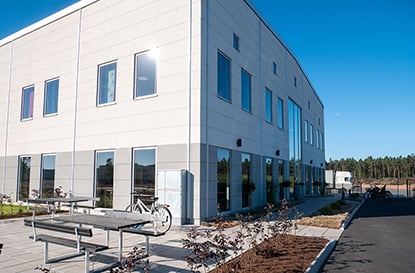
In a company where growth is in constant focus, it is easy to end up in a situation where you constantly ‘just have your head above water’. You know the feeling? The focus is on machines and productivity. You forget things like employee well-being, work environment and tidiness. We are trying to change that! We believe that everything is connected. Order, quality, employee well-being is in line with customer satisfaction. How do we work with this? On many levels actually, but this time I thought I would tell you about our work with property, work environment and the group that has been working with this. Here are some tips to make the workplace more pleasant, based on our experience. Maybe you can get inspired by it!
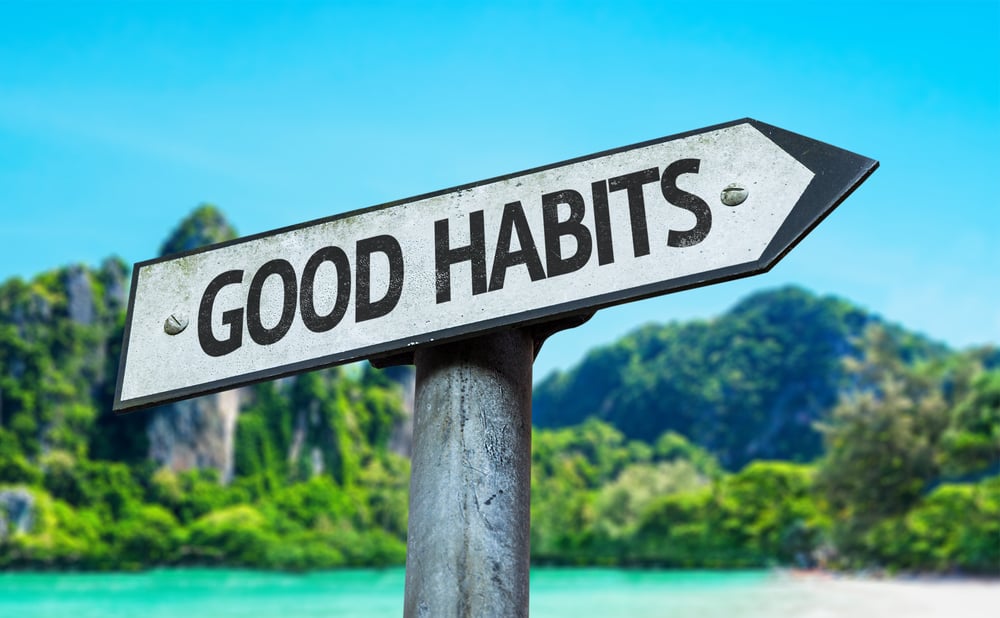
Remember the moment when the clock struck twelve and you made all these New Year’s resolutions? Eating healthier, moving more? It has been more than seven months now. How is it going? Surveys show that less than 50% of the people are able to keep their promises for more than a couple of months. But do not feel unsuccessful, it is never too late to start a new habit. My tip is not to promise, set goals instead. Then you can have intermediate goals, rewarding yourself. If you miss an intermediate goal, well it is not a disaster, you have a new chance for the next intermediate goal. This feels much better than breaking a promise.
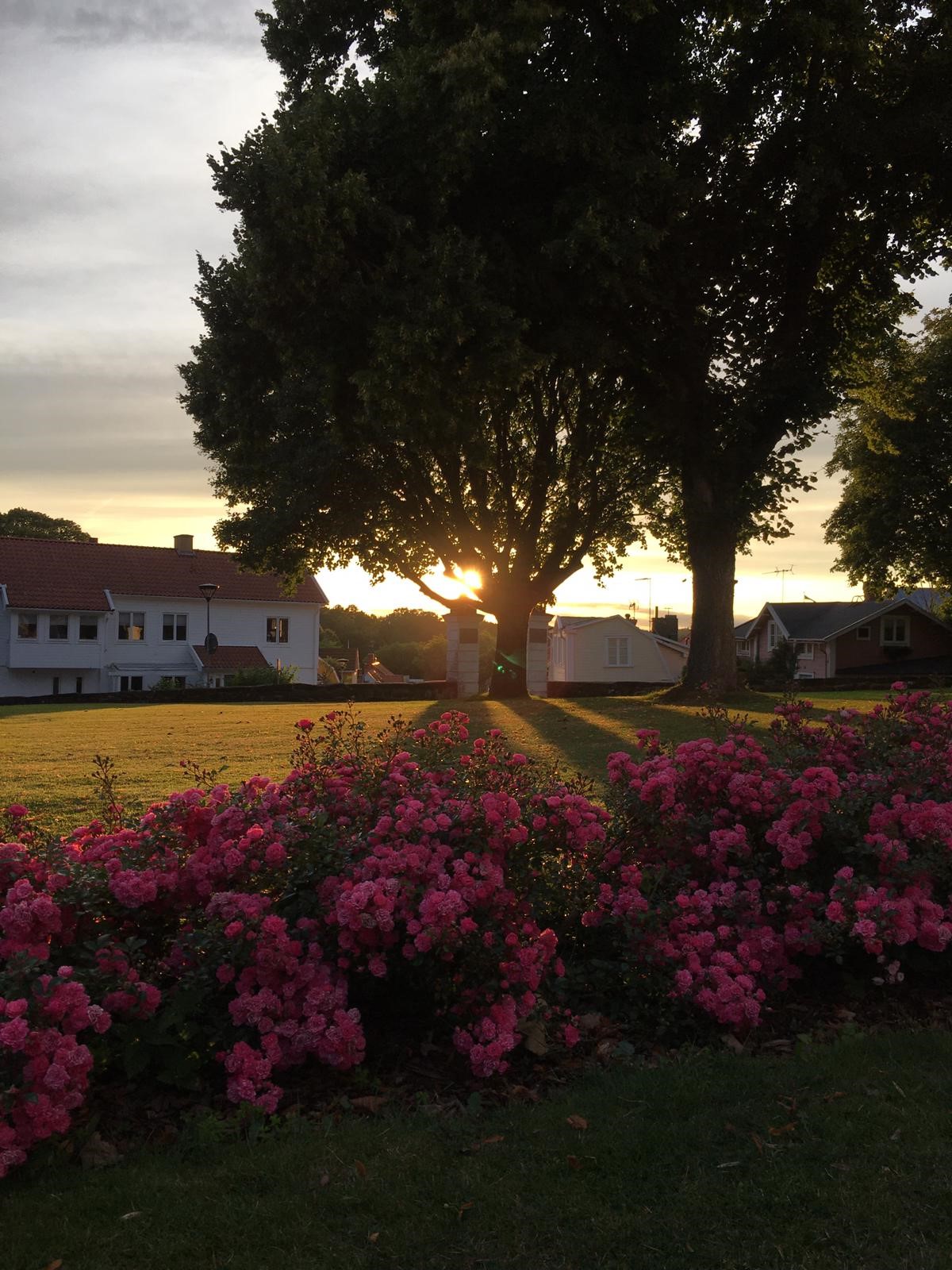
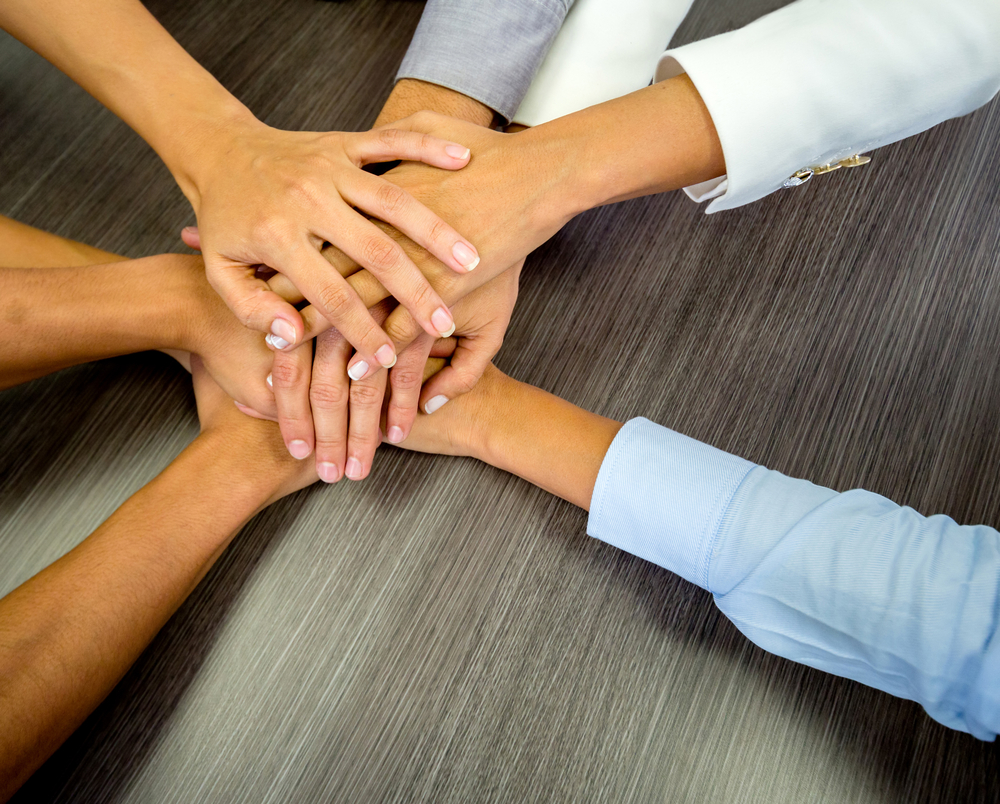
Have you ever wondered how it is to work in a self-leading team? Does it sound like a dream? Or are you rather sceptical? At Garantell, we are trying to work like this. In all transparency, it is a bumpy road. And this might sound corny, but we are growing every day. I want to share some lessons learned. I think that setting shared goals, growing together, and maintaining a good working environment helps us on the way.

It went so fast. One cannot completely grasp it, but we have a spring feeling in our cold country. We went from -18 to +8°C in one week, so we really did not have the time to let it sink in. The snow melted at a furious pace and most of us removed skates and skis to make room for bicycles and boats…
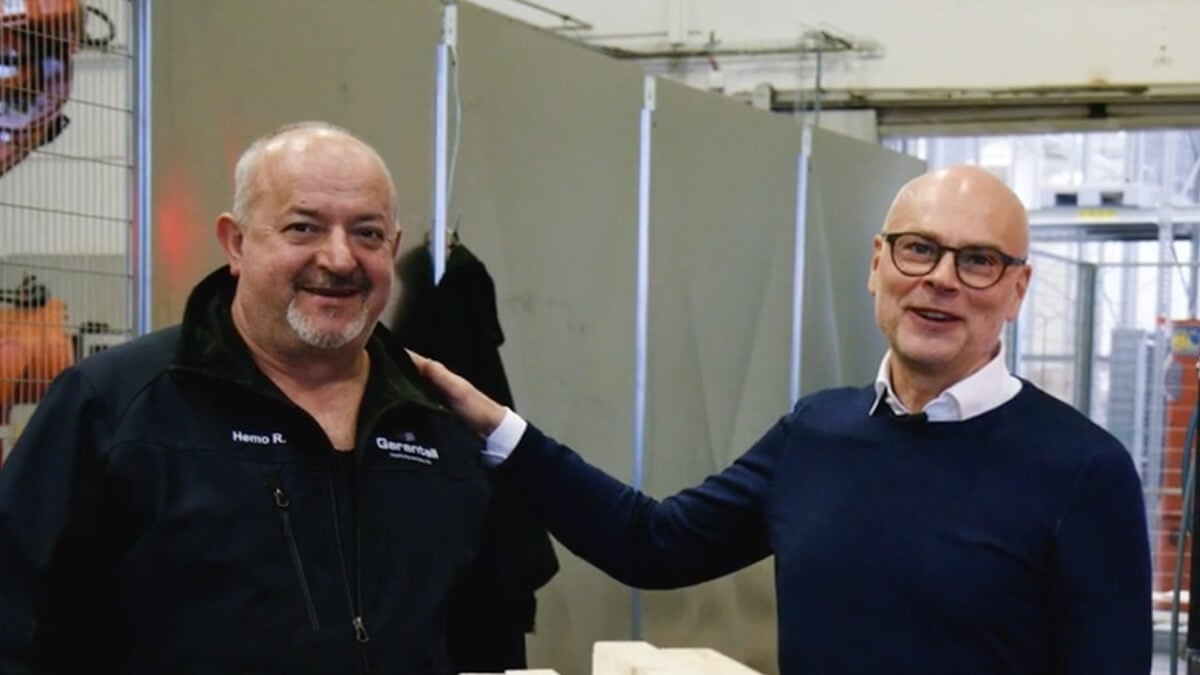
Digitalization is important to Garantell. From our customers drawing mesh decks, machine guards, rear mesh in the Garantellator online to producing it, everything is automatic. But digitalization is only a tool. Our self-leading teams are at the heart of our company. How those two go together explains our chairman Mikael Axelsson. This time around he has not written a blog, but we made a vlog. Watch it here:
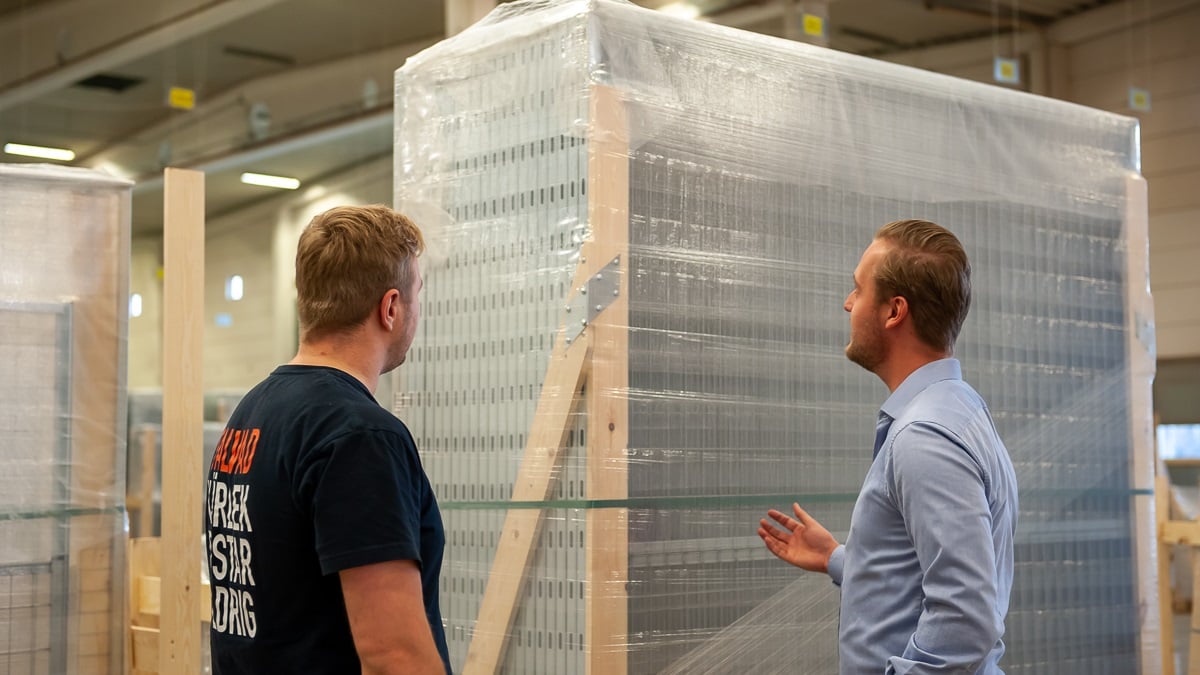
In today’s world, it is important to keep on your toes and be well-prepared for whatever the day has in store. This is so much easier to achieve when you have employees around you with different experience and knowledge. Perhaps you have read the previous blog posts “Different Nationalities, Shared Strength” and “Shared Breakfast, Nourishment for the Soul”, written by a couple of my colleagues. They give the impression that we are like a bag of mixed sweets – a great many people from different countries and different departments. And that really is true. Garantell has all functions and departments under one roof, from Production to Sales, from Development to Painting.

Time is one of the few things in life that is truly equal – no one can complain or insist that the quota is unfair. Although, the 24 hours a day we all have at our disposal can be utilised or wasted in various ways. However, only the things we manage to accomplish endure over time.
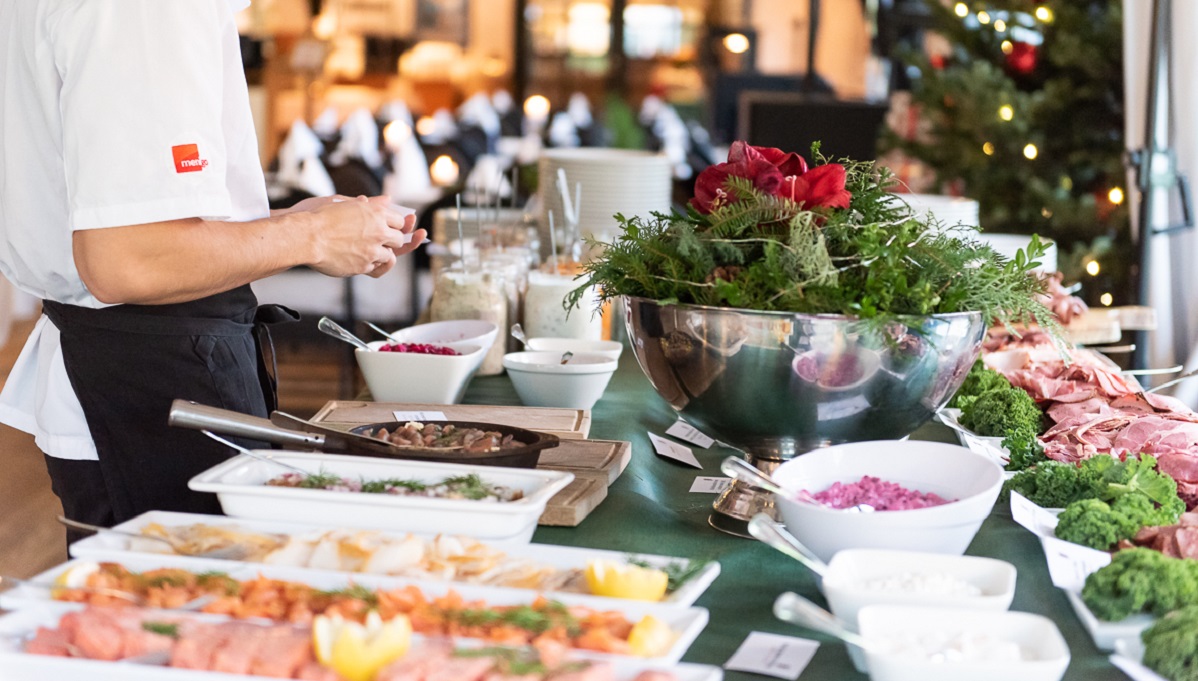
This year, many traditions have had to take a back seat. Due to the spread of the coronavirus, there are restrictions regarding the maximum number of people permitted to gather in one place, and festive events have had to adapt. This has affected the ability to hold everything from weddings to funerals in the usual way. Online funerals have become common in Sweden, while holidays such as Midsummer, crayfish parties or birthdays have been celebrated within the immediate family instead of as is usually the case with the extended family and friends. Christmas, which is considered the major holiday period in much of Europe, is now on the horizon. That too will be different for many people this year, as older relatives are unable to participate in the festivities in the same way as usual.